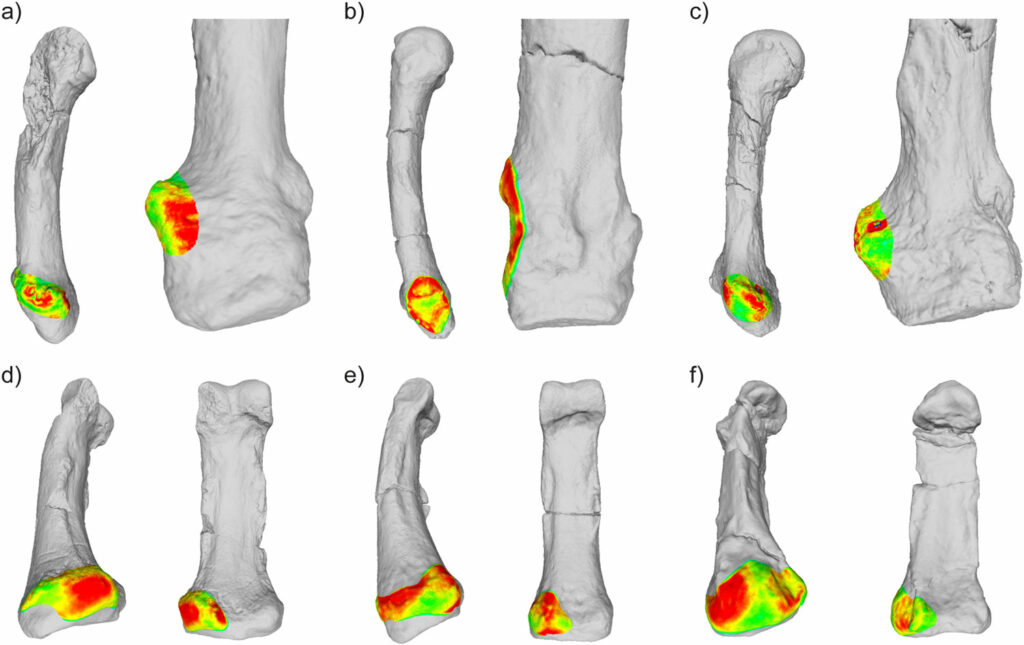- Get link
- X
- Other Apps
- Get link
- X
- Other Apps

A new study on early hominin finger bones suggests that the ability to use tools may have emerged earlier than previously thought, according to Cosmos Magazine. While the oldest known stone tools have been dated to about 3.3 million years ago, researchers have long been uncertain about which hominin species might have been capable of making or using them.
The study, led by Jana Kunze from the University of Tübingen, focused on the finger bones of three species of early hominins: Australopithecus afarensis, which lived between 3.9 and 2.9 million years ago; A. africanus, which lived between 3.3 and 2.1 million years ago; and A. sediba, which lived about 1.98 million years ago. By examining the places where muscles attached to the bones, the team compared the hand anatomy of these early hominins with that of modern humans, Neanderthals, and great apes like gorillas, chimpanzees, and orangutans.
The results showed that A. afarensis and A. sediba likely had hand structures capable of manipulating objects in ways similar to modern humans, suggesting they might have had the dexterity to use tools. In contrast, the hand bones of A. africanus exhibited a mixture of both human and ape characteristics, indicating a less refined capability for object manipulation.
This finding challenges previous assumptions about the timeline of tool use, opening the possibility that some early hominins, such as A. afarensis, may have been using tools long before the well-known evidence of tool use associated with Homo habilis around 2.3 million years ago.
- Get link
- X
- Other Apps